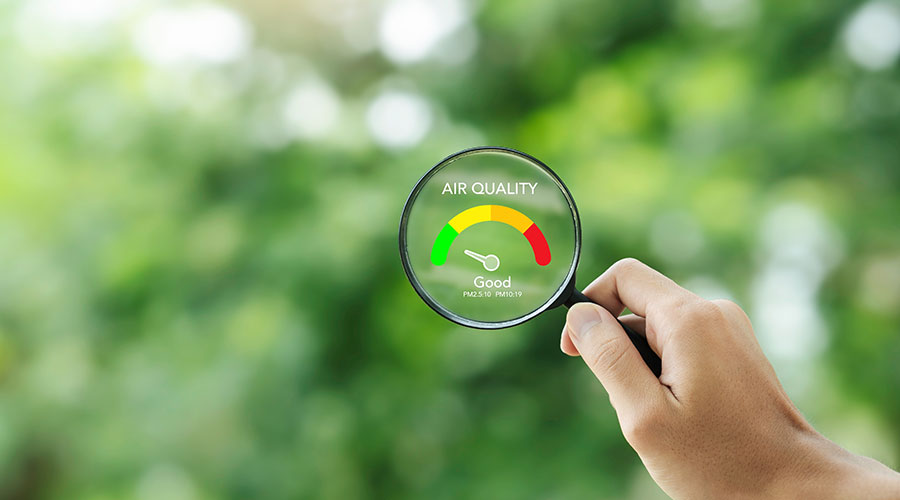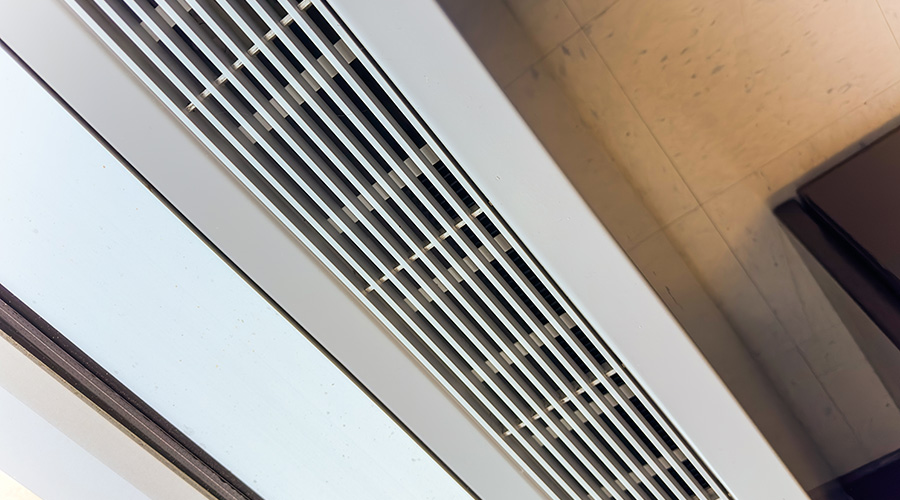Source Control, Ventilation And IAQ
Source control of pollutants. Some common contaminants in the indoor environment are volatile organic compounds (VOCs), formaldehyde and allergens. Each contaminant has different sources. Furniture, building materials, paint, cleaning chemicals and office equipment like printers emit VOCs; building occupants can be exposed to formaldehyde through wood products, consumer products and textiles; and allergens come from pets, dust, mold and insects.
Limiting the sources of chemical emissions is one of the most effective ways to manage IAQ. This can be accomplished by selecting and using low-emitting products in the indoor environment. Select products that have been tested and verified by reputable third-party certification programs like Green Seal and GreenGuard. This will ensure that products have been tested and found to conform to the most stringent standards for low impact on the indoor environment.
Proper ventilation. Over the years, there’s been an increased focus on energy efficiency, leading to buildings that are more airtight. However, when a building is tightly sealed, the amount of air exchange with the outdoors is reduced. While this may improve energy efficiency, it reduces ventilation and subsequently increases the accumulation of contaminants in the indoor air. Adequate, clean and well-distributed outside air needs to be circulated within the indoor environment. Localized exhaust is also important, especially in cleaning supply rooms, or environments where chemical emissions or other contaminants are likely to be elevated. The American Society of Heating, Refrigerating and Air-Conditioning Engineers (ASHRAE) has established standards that govern the proper application and amount of ventilation to provide acceptable IAQ.
Related Topics:















